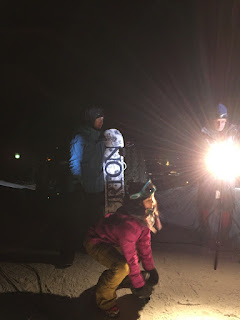Foundational Philosophy & Principles: Finding The Big Why & How
Young coaches and clinicians are overwhelmed with information and ideas. There is so much stuff to wade through these days. (Here is a thought: instead of constantly crying out for "more" research, how about firmly eliminating and deleting the piles of myth and bad information out there that clutter the landscape? How about refining our processes of implementing the good knowledge that is already out there? Listen to the The Knoweldge Project podcast episode 42 with Atul Gawande -- love his thoughts on medical ignorance vs ineptitude, along with the problems of autonomy/assumptions of mastery afforded medical professionals after completing formal training and acquiring titles/letters.) Part of maturing as a professional is building a solid bullshit filter and the confidence to say "No" to methods or tools that do not serve you well. This comes from making your own mistakes and learning from the mistakes and experiences of others. Shout out to all the mentors. Eli...


